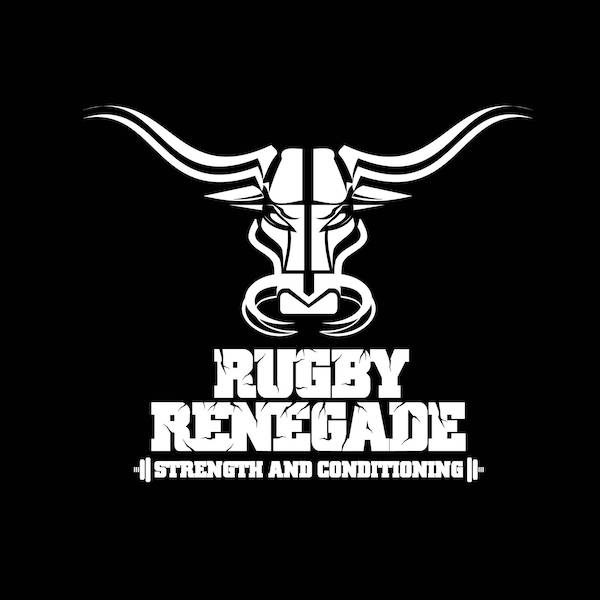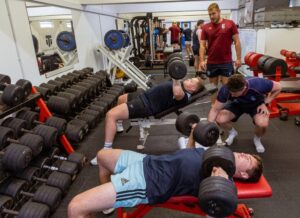Welcome to the ankle edition of the Rugby Proof Renegade series. This is a series of pre-habilitation programs aimed at injury reduction for the rugby athlete.
In this part we introduce a group of exercises that can be used as an injury prevention pre-hab session or a rehabilitation session to recover from an ankle injury.
The ankle is another joint commonly injured on the rugby field. Remember that in standing or weight bearing exercises it is impossible to isolate the knee, the ankle and the hip. If you are weight bearing through your foot all three will be working. And they should all be working, it’s how they were designed! So remember to take a look at our other articles to help develop these other areas.
For foot and ankle injury prevention we would advise that you perform the exercises barefoot wherever possible. This will increase the amount of information your body receives from the floor to help with balance. It will also encourage the smaller intrinsic muscles of the foot to activate. You need both a stable and mobile foot and ankle complex. During walking or running the foot has been designed to be mobile enough to conform to the floor or surface you are moving along and then very rapidly turn into a rigid lever to transfer force up the lower limb to propel yourself forward. It is able to perform these two tasks through a clever design of the anatomy of the foot that is comprised of 26 bones and 33 joints!
The foot is vitally important to any athlete. When you are running it is the only thing that connects you to the ground and is the starting point of every stride you take. A strong hip and core means nothing on an unstable ankle. It would be like building a castle on a swamp! As the foot is the only point of contact with the floor when we run it is the only part of the body that can provide proprioceptive feedback to the brain about the surface we are on. Vision tells the ody a huge amount about our environment but proprioception is the information from our muscles and joints themselves that tells the body what position we are in. A combination of these sensations, along with the balance (vestibular) system located in our inner ear allow us to keep our balance during all of our activities. Sometimes we can become overly reliant on our vision. Have a go at standing with your eyes closed and see how stable you are. If you manage it ok then have a go at standing on one leg. If you’re still managing ok (in a safe environment of course!) try and walk along a straight line with your eyes closed for three strides. You should be able to manage! If you can’t complete all of these tasks then try and pratice relying on proprioception and balance by doing some work with your eyes closed. You’ll be surprised how quickly you improve!
When targetting the foot and ankle for injury prevention it is important to have good foundations in place and for the foot and ankle we follow the same injury prevention framework we have for the other major joints in the body too.
- Mobility and basic stability
- Strength
- Explosiveness & reactivity
- Plyometrics
Here is a selection of exercises for you to try but remember if you experience any pain or have concerns about any of the injuries make sure you get your injury assessed by a professional.
If you want to see our complete list of exercises you can check out our playlist here:
We are always adding to our online catalogue so remember to subscribe and sign up to our email list so you can stay up to date




